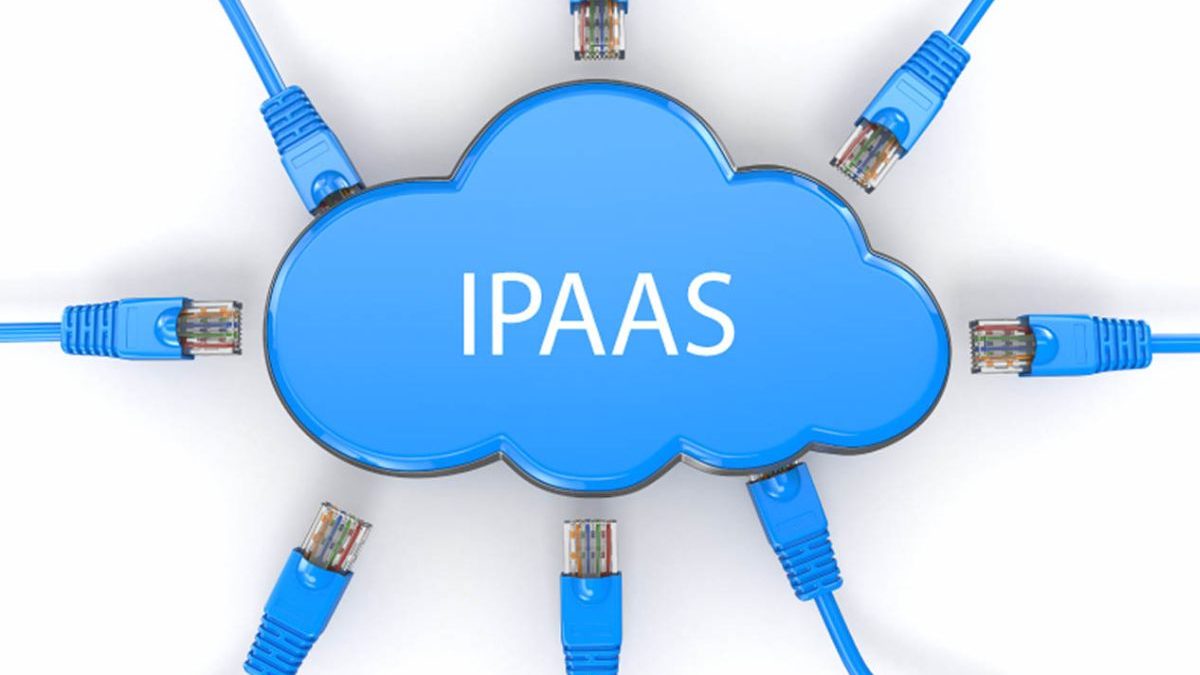IPaaS, also known as Integration Platform as a Service, is a cloud-based platform that connects various applications, systems, and technologies within the cloud or on enterprise premises. It enables the implementation and maintenance of integration flow without hardware or middleware.
Table of Contents
How Does an Ipaas Work?

A software company will rely on iPaaS to provide the necessary infrastructure and connections to deploy software applications in the cloud.
The software company will set the parameters for the types of connections allowed on the platform. These parameters can be in the form of an application programming interface (API), prebuilt connectors, or some other rule. Once these rules are in place, iPaaS creates a core ecosystem to view, manage, and modify all data, infrastructure, and operations. This, in turn, allows entities to easily change your product, share information and provide solutions to your market.
Ipaas Related Terms You Should Know
Integration Platform
An integration platform creates connections between different system applications. This kind of platform creates a situation for engineers to build upon.
Platform As A Service (Paas)
A PaaS is a platform where the provider hosts all the elements users need to implement a particular software. Those elements include the servers, the network, the memory, the database, and the operating system.
Software As A Service (Saas)
SaaS is a system where software is provided to the user for use on demand. All maintenance, hosting, and implementation of that software is the software provider’s responsibility.
Integration As A Service (Laas)
PaaS is a cloud-based model that enables data integration between systems and also, external providers. It prevents all connected parties from having to create complex interdependencies and minimizes delays in data exchange.
Electronic Service Bus (ESB)
Electronic Service Bus is not called “as a service”, but it could be considered a predecessor of iPaaS. An ESB is a middleware tool, which means it works between applications in the same way that
an iPaaS does. However, while iPaaS focuses on integration, an ESB has two functions: integrate and distribute data and messages.
Benefits Of Implementing an Ipaas
Software companies that employ iPaaS technology as part of their consumer offerings reap the benefits of increased customer satisfaction.
Unique Solution
Instead of building separate software to meet their needs, consumers can use one platform that connects all their software in one convenient cloud-based location, eliminating the need to source and deploy their technology in different environments.
Organized Data
Consumers can exercise the right to use all of their information in one place and also, set rules for how that data is organized and accessed. So while working with different systems, all of those systems will display data in an easy-to-interpret way. This makes data study, clarification, and application easier and more accurate.
Improved Communication
A platform means a single source of truth; data is shared within the same ecosystem, so no important information is lost. Everyone has the same access, leaving no room for misinterpretation.
Better Workflow
Less time to change tools means more time to work and also, having one central place where all that work gets done. Therefore, having a single platform creates a more efficient team dynamics and workflows environment.
Real-Time Processing
It enables real-time data sharing and processing, eliminating delays in access and also, providing a fast and affordable solution.
Increased Efficiency
Mitigate confusion, data loss, and inconsistencies by creating a centralized system for managing all parties involved.
Centralized Management
Create a virtual view to manage connections on the platform. Instead of one person or team managing different integrations, they can all be access from a single console.
Multiple Rental
An iPaaS enables shared models across tenants, eliminating overhead, lowering costs, and also, increasing use speed. Typically, each user using the software requires their instance. Like how each person on a call needs their phone connection, an example is creat each time someone accesses the software.
Conclusion
Cloud-based integration is a form of systems combination business brought as a cloud computing facility that addresses data, process, service-orient architecture and also, request integration.

